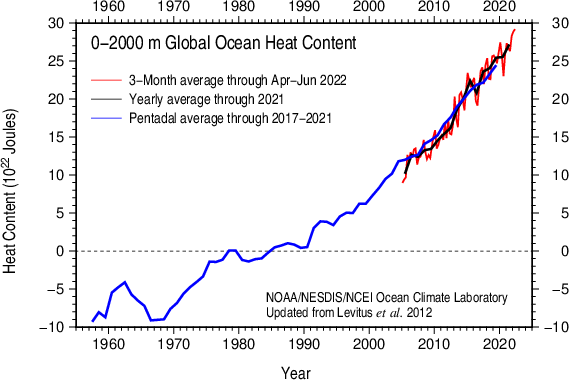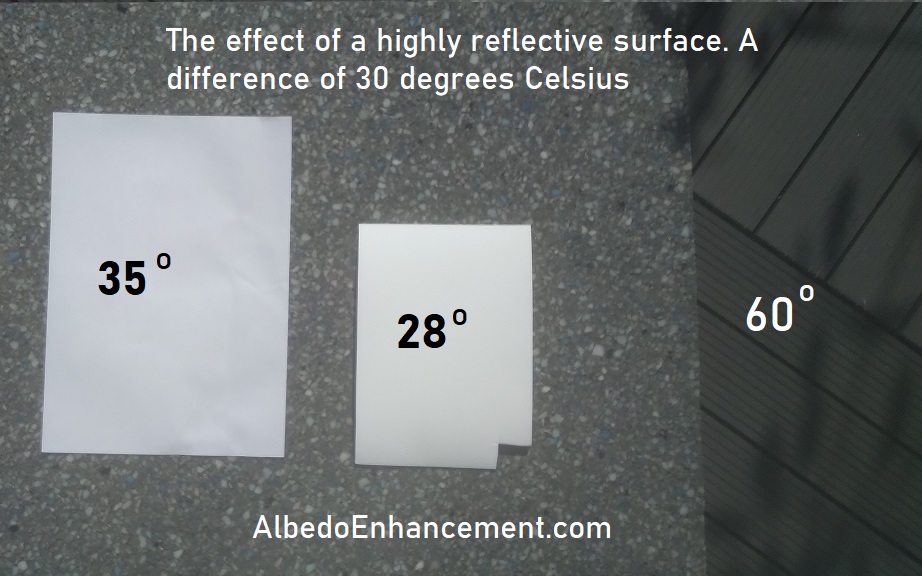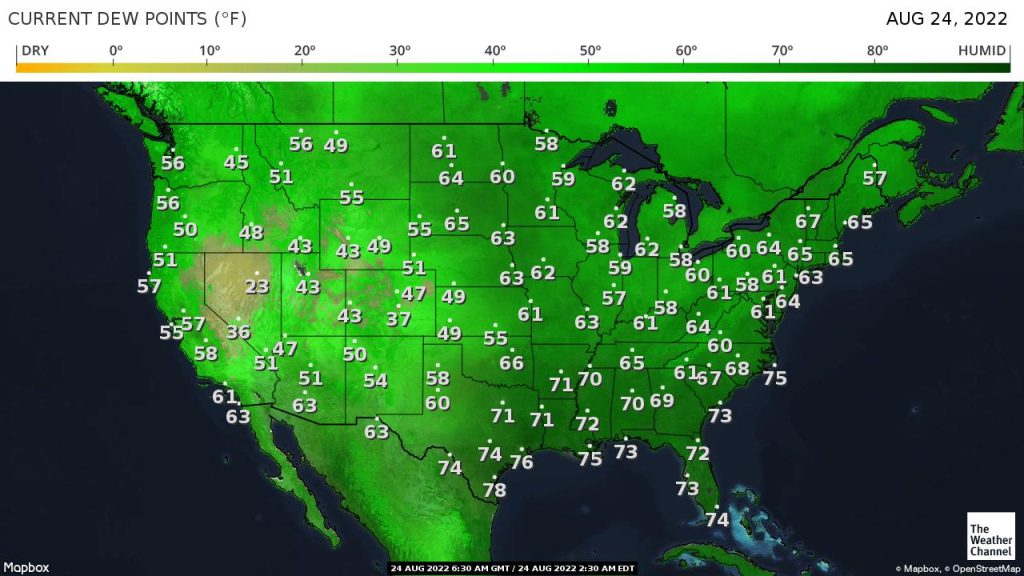For more than 10 years I have been tryin to draw attention to the role of our fiancial system in the obstruction of our move to renewables. What is more logical than living off energy that is free, local, you can own, a lot like land when most of the people where farmers. But of course this would reduce the profit and power of banks, because where does their power come from? It comes from the fact we can buy fossil fuel with our money.
To repeat my story, the oil producer has a challenge, he has black oily stuff, which is toxic, and not much else, and people could use the oily stuff to make things and do things, but they don’t have it. In the beginning oil was payed for with silver and gold, but that didn’t work because it got burned, used and the amount of gold and silver limited access to more oil. This was solved by leaving the gold standard. Banks played a crucial role in the distribution of oil and derivatives of oil, gas, electricity until today, and they like it.
Oil, gas, diesel, coal are all energy sources that are their own storage medium. Banks that can print money when they want (they have to write a promise to recoup it, a lot of work!) can thus release energy to the working population to use, at will. This is what gives banks power. No use to give a truck driver in France 1000 Euro now that there’s no diesel for sale. He can’t even buy a sandwich with it, because the sandwich shop wasn’t supplied! Europe is seeing energy price increases because there is less energy. The value of the Euro is demonstratively tied to the energy supply. Right now our bank serving governments largely want to shift blame, delay, make people suffer rather than make them choose renewables over fossil. The UK is a great example : Ex Shell economist Liz Truss seems to want to ban construction of solar farms on farmland, even though its a really good combination.
So what does this have to do with Tesla and/or even a world bank? The Roboeconomy is an economy powered by renewable energy, using artificial intelligence and robots. Because of this combination you could say all manufacturing behaves the same as crops growing in a field, it does not need any depletable energy source. Robots can of course build robots and man chip fabs and mines and trucks which can all be electric, solar , wind or wave powered. Because there is no bank involved there is no pressure to do a lot of nonsense we are doing now, instead we can focus on what improves our lives and the wellbeing of our planet.
The central question to ask when moving to a renewable energy powered, AI driven society is
“Will we all be out of a job, poor, as machines make take all our jobs, or will we be able to enjoy the products of these machines for free?”
The answer is the latter, as long as we make sure we or a public utility own the energy sources. The people that like money dependent slaves (banks) don’t like this at all!
Money will still exist in the Roboeconomy, because it is a good way to find out what people want, because it can smooth out timing issues and because resources need to be shared equally. So a basic income is a given, as if we all lived on land that not only produced our food, but also all the stuff we may like. Jobs would also still exist, but they would be the nice ones, the creative ones. We would (if we weed out the deranged despots) end up in a Garden of Eden, with at least a lot of freedom, more social life. The fossil economy is quite the opposite because it maximizes our needs.
How will Tesla become the leader in spreading the Roboeconomy? By supplying batteries, solar panels and AI systems. Tesla is a utility in the US now. It can direct electricity from powerwalls in a neighborhood onto the grid, towards charging or a place where wealth is produced (a pizzeria). This ability will grow, and of course also be grown by the exiting utilities, while being fought by them at the same time, and the result will be a still $ denominated open energy market where everyone shares and trades energy.
Eventually though everyone will increase their ownership of the energy sources, prices will drop for every part of such system, and the pizzeria will own its own storage, solar supply will become a public service, from roofs or fields. The reason wind farms are no being build out at sea is not only because the wind is stronger there, but also because you need to go through the good old banks to buy that energy. Central distribution is the old model.
So in the future we will have an app or a service we can talk to that keeps track of our energy reserves, we don’t need to talk about money anymore, although it does take some trickery, there needs to be a map showing your access to energy in every place. With our current money its hidden or ignored. So if I buy electricity 1 in 16 power plants runs to make up for the distance losses, I never notice. If I walk in the desert by Jericho, my Shekels are worthless : Nothing for sale there! We barely notice that our money is useless in most of our world, simply because we never go there.
I expect Elon Musk to add payment to his Twitter app and allow people to monitor their energy account through it, which would open up the option to invest in storage elsewhere to profit from its use and at the same time use it yourself to direct (mainly) vital energy to the production of wealth.
The Energy App
The App Tesla will build is not that complex, it just needs to know how to route power to storage owned by the person you are transacting with form a storage that you have your energy stored in. You may also be able to buy/own future energy output from energy sources. This means you can buy stored energy now from storage you hand over that future energy input to. The question will be though : Why would an energy producers give you that right. What could you give them. This is the same with oil today :Why would you be able to buy oil with money, if everything is made with oil (as a placeholder for fossil fuels in general)? This is why these sources will eventually all be government owned utilities. Either that or they will be owned by Tesla, a company that can use its robots and solar input to maintain the system at zero cost to anyone, and give away the energy into the distributive Roboeconomy.com.
Maybe it will be more about social responsibility. The norms will change, maybe there will still be people wanting to shoot each other, they can find a place to do that, as is the case now. Humans will remain humans. The super high strung work ethic forced by the banks (who increase the cost and price of everything) will not be prevalent, but some people will still want to fix the most pressing problems. Maybe a simulation can already be made of the mechanism, to be continued..


